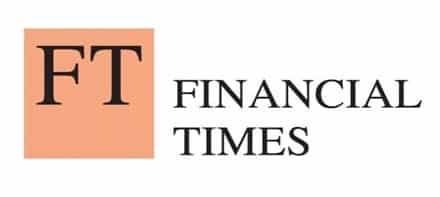The U.S. treasury secretary and the Italian prime minister have spent decades shaping this economy. But can they control what comes next?
In recent years, the world has been regaled with stories about the crisis of expertise. The era of the liberal technocrat was over, we were told, killed off by the financial crisis and populism. But if democracies find it hard to live with expertise, it seems they can’t live without it either.
At the start of 2021, two of the most contentious capitalist democracies in the world, Italy and the United States, turned to familiar experts to chart a way out of novel political situations. If there is such a thing as a technocrat, Janet Yellen, the new U.S. treasury secretary, and Mario Draghi, Italy’s new prime minister, are it.
For the last 30 years, both Yellen and Draghi have held positions of high authority, culminating in the period between 2014 and 2018 when they overlapped as the heads of the U.S. Federal Reserve and the European Central Bank (ECB), respectively, the two most powerful central banks in the world. They were chosen to wield power based on their expertise and judgment but also because they aligned with the prevailing brand of centrist politics—Yellen more on the left, Draghi more on the center-right. They have now been called back to the ramparts, at an age that would normally suggest retirement, to take on roles that are more political than ever.
Yellen, the first woman to lead the U.S. Treasury Department, is set to preside over the most audacious round of stimulus of any democracy in peacetime. Draghi, as prime minister, faces the challenge of returning Italy to growth with the help of an unprecedented allocation of 209 billion euros ($254 billion) from the European Union’s new Next Generation EU fund that was bargained at the outset of the pandemic.
Read the full article at Foreign Policy.


